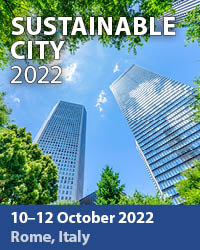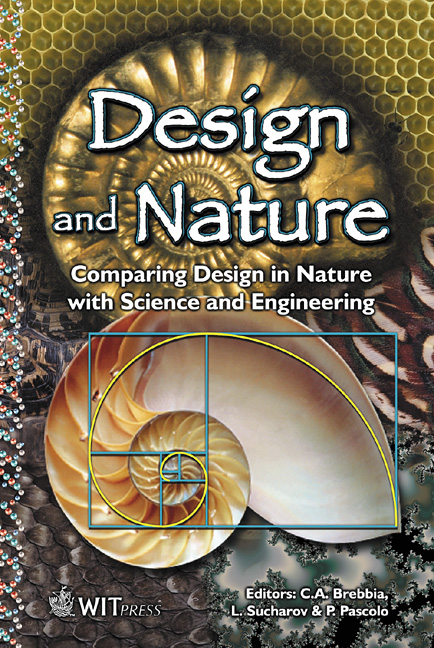Urban Evolution Modelling: A Macro Quantum Approach For Great Mendoza
Price
Free (open access)
Transaction
Volume
57
Pages
Published
2002
Size
696 kb
Paper DOI
10.2495/DN020171
Copyright
WIT Press
Author(s)
J. L. Puliafito
Abstract
Urban evolution modelling: A macro quantum approach for Great Mendoza J.L. Puliafito Instituto de Estudios para el Medio Ambiente (IEM) Universidad de Mendoza- Argentina Abstract The modelling of the evolution of ecosystems under quasi stationary frames, including urban regions, is mostly a question of describing spatio-temporal processes that are somehow at a middle way from the classical kinetics and the unstable system dynamics. From a macro-quantum perspective an ecosystem is not the mere enclosing of most interactions in a whole or the sum of strong interacting independent elements, but is more or less a coherent composition of elemental units made up of the living individuals and its immediate space- environment, in where the internal multidimensional interactions can be taken to be random stationary or quasi-stationary and discrete in terms of energy and time, as proposed in quantum stochastic models. In high-density ecosystems, particularly those such as urban regions, this tends to perform a plastic-elastic lattice, as might be the case of a crystalloid structure. This takes to an analogy to the solid state of matter which permits using the concepts of the band theory in a similar way, so that the resulting population dynamics, in a region of certain stability of the state space, can be described in terms of transport equations of two quasi-particles, the inhabitant (representative of an average individual) and the recurson (representative of its multidimensional resources). Following these ideas, and using available statistics, a band and quasi particle characterization is discussed for the case study of Great Mendoza, located in the Province of Mendoza, at the western part of Argentina. 1 Introduction Spatio-temporal models are becoming a central issue, as much as for the disciplines that use intensively spatial thematic descriptions (i.e geophysics), as for the ones that are more familiar to non structural or structural dynamic ones
Keywords





